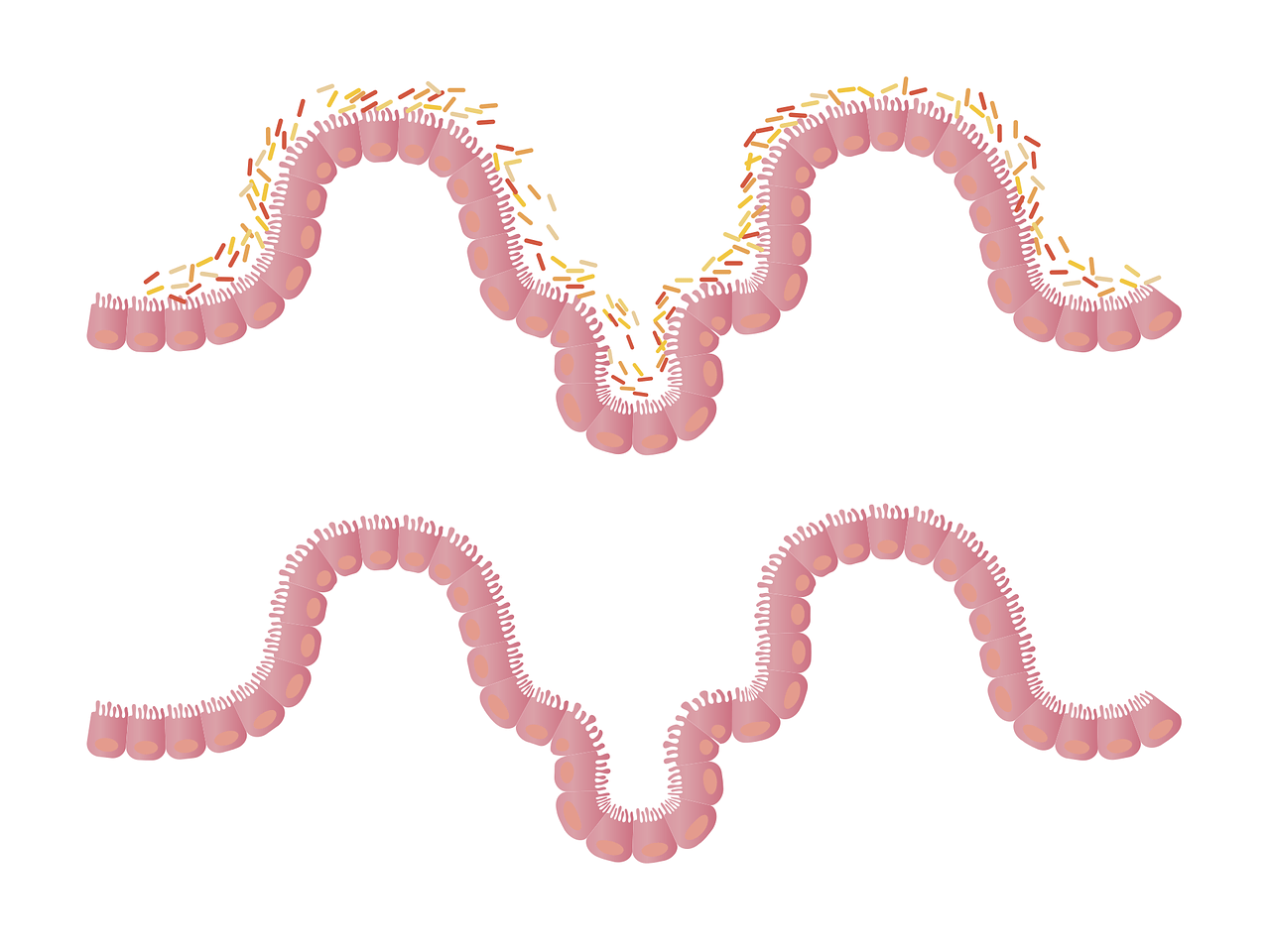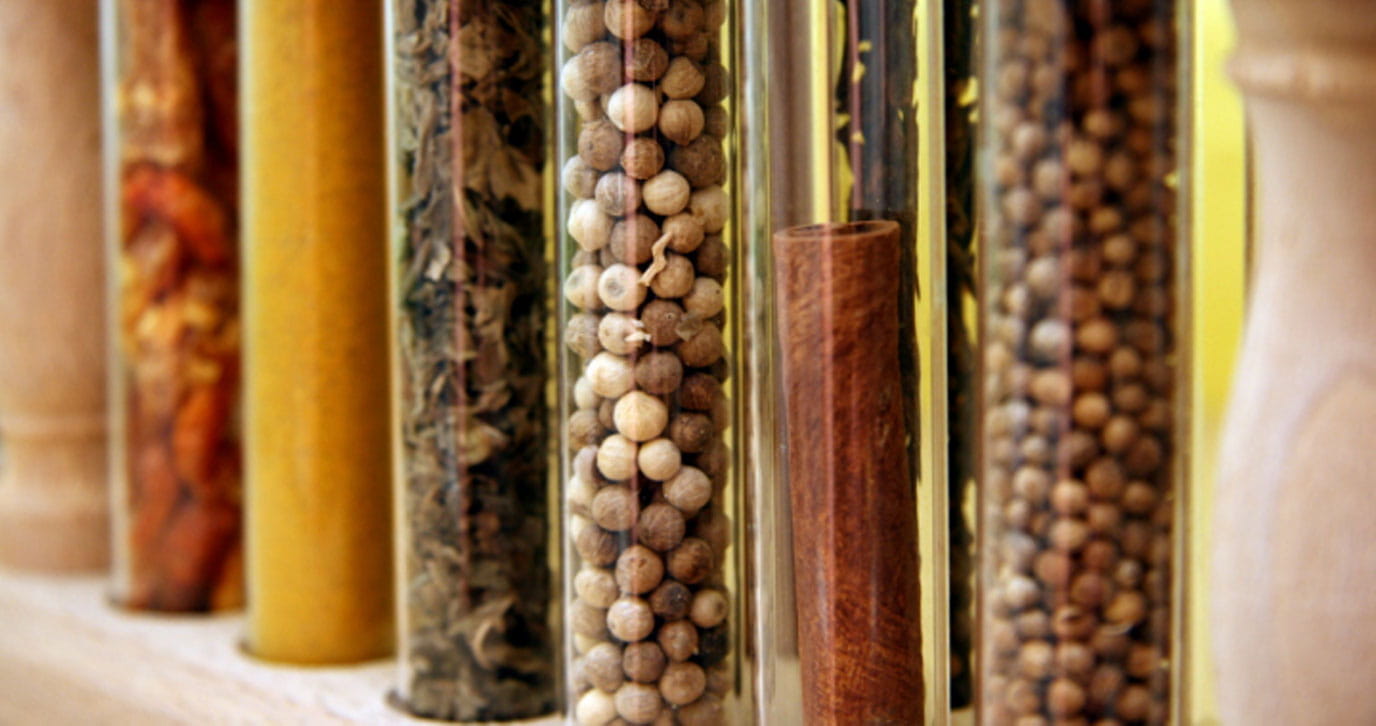March, 2023
Effects of Culinary Spices on Liking and Consumption of Protein Rich Foods in Older AdultsMSI Funded Study: Prebiotic Potential and Chemical Composition of Seven Culinary Spice Extracts
Lu, Q.Y., Summanen, P.H., Lee, R.P., Huang, J., Henning, S.M., Heber, D., Finegold, S.M. and Li, Z.

July 2017-- Researchers at the UCLA Center for Human Nutrition conducted a study to investigate the prebiotic potential, chemical composition, and antioxidant capacity of spice extracts. View the Paper.
Overview
The objective of this study was to investigate prebiotic potential, chemical composition, and antioxidant capacity of spice extracts.
Methods
Seven culinary spices including black pepper, cayenne pepper, cinnamon, ginger, Mediterranean oregano, rosemary, and turmeric were extracted with boiling water. Major chemical constituents were characterized by RP-HPLC-DAD method and antioxidant capacity was determined by measuring colorimetrically the extent to scavenge ABTS radical cations. Effects of spice extracts on the viability of 88 anaerobic and facultative isolates from intestinal microbiota were determined by using Brucella agar plates containing serial dilutions of extracts.
Results/Conclusions
A total of 14 phenolic compounds, a piperine, cinnamic acid, and cinnamaldehyde were identified and quantitated. Spice extracts exhibited high antioxidant capacity that correlated with the total amount of major chemicals. All spice extracts, with the exception of turmeric, enhanced the growth of Bifidobacterium spp. and Lactobacillus spp. All spices exhibited inhibitory activity against selected Ruminococcus species. Cinnamon, oregano, and rosemary were active against selected Fusobacterium strains and cinnamon, rosemary, and turmeric were active against selected Clostridium spp. Some spices displayed prebiotic-like activity by promoting the growth of beneficial bacteria and suppressing the growth of pathogenic bacteria, suggesting their potential role in the regulation of intestinal microbiota and the enhancement of gastrointestinal health.
The identification and quantification of spice-specific phytochemicals provided insight into the potential influence of these chemicals on the gut microbial communities and activities. Future research on the connections between spice-induced changes in gut microbiota and host metabolism and disease preventive effect in animal models and humans is needed.






